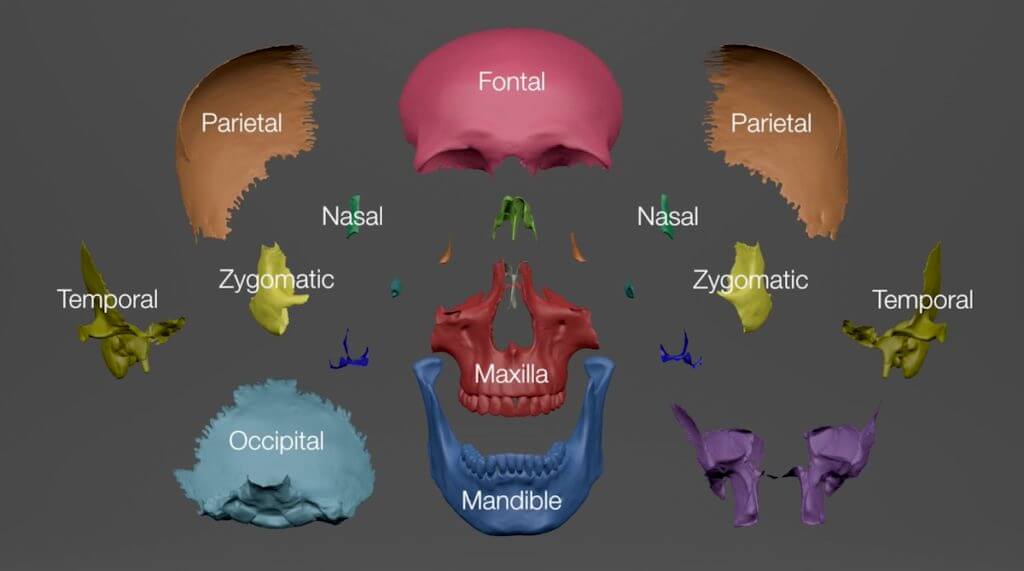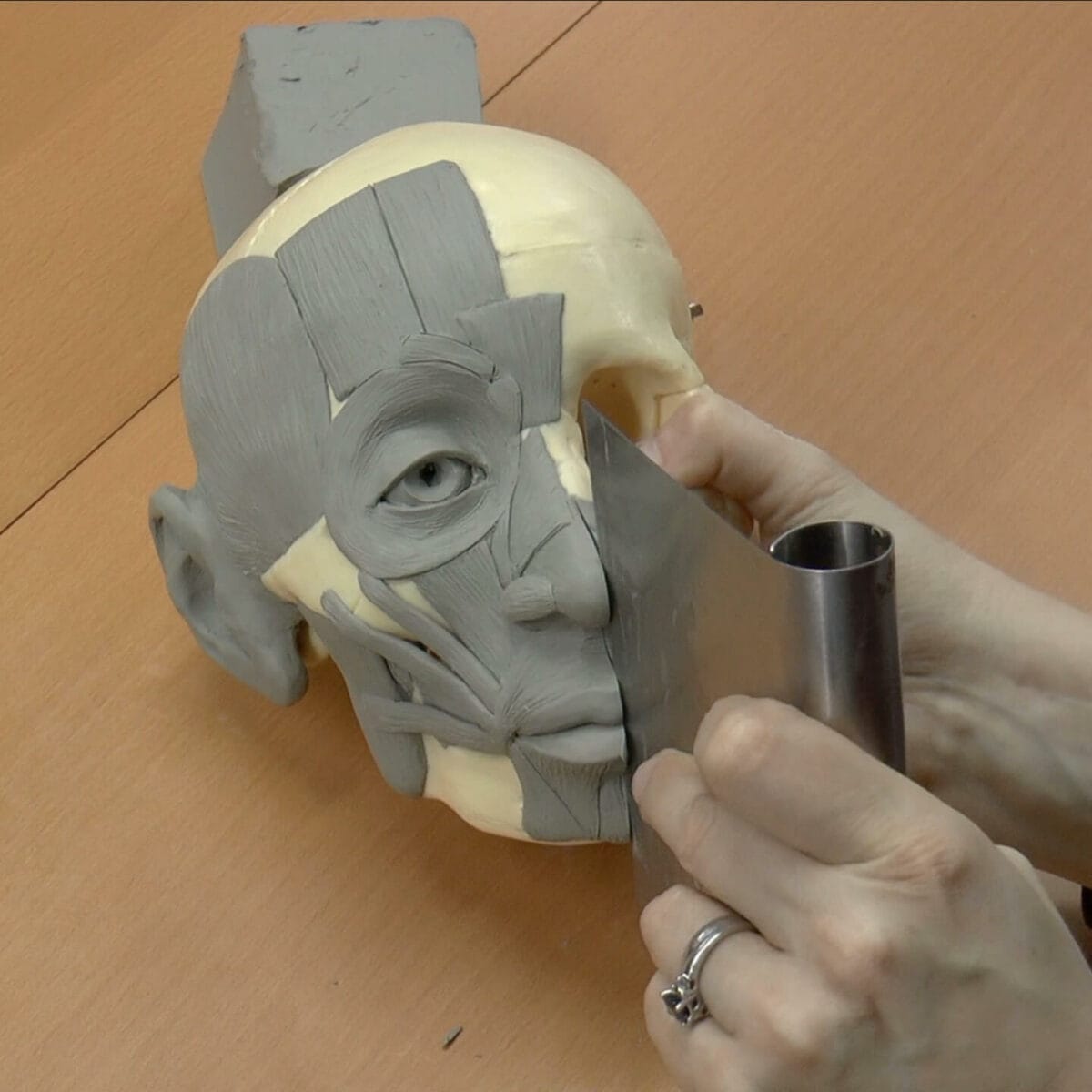Our Introductory Anatomy Course at Vitruvian Studio
Anatomical study has been a staple of artistic training for centuries. As far back as the Renaissance, artists were encouraged to learn about the muscles and bones so that their representations of the human figure might be more descriptive and convincing.
By the 19th century, the French word écorché (ay-kor-shay) – meaning “flayed” – referred to drawings or sculptures of the figure where the muscles and bones are exposed. These weren’t always intended to be works of art in their own right, but were often a way to study – through drawing or sculpting, artists could learn about the anatomical structures responsible for the forms we see, and gain greater confidence in depicting the human figure.
Today, écorché remains the preferred means of anatomical study at many art schools and ateliers. Sculptural – or 3-dimensional écorché – is particularly valued because it requires students to consider anatomical structures in the round. Making a sculpture requires each artist to consider multiple points of view, and so offers a study experience equal to that of many, many of drawings.
Anatomy of the Face is our introductory écorché course at Vitruvian Studio. Starting with a plastic skull, students gain experience with the écorché process by laying on muscle forms one at a time with oil-based clay. Each muscle is isolated and developed independently, and clear information about origin, insertion, action and surface form is presented along the way. As with all our online courses, the video demonstration is sequential and proceeds in real time so students have an opportunity to develop their own écorché model along with the instructor.












It is important to proceed in the order the material is presented. Many of the facial muscles overlap one another, and it can be tricky to add muscle forms that lie underneath structures already sculpted.
The video demonstration is complete – I sculpt each and every muscle from start to finish – with nothing left out – so that students can easily follow along with their own sculptures. Diagrams and 3D animations are also included, to clearly convey relevant structural information about each muscle as it’s covered. Students will also have access to handy PDF files, ready to download and print, so that key information can be accessed in hard copy while sculpting.
By the end of the course, students will have their very own head écorché as a reference, and you will possess a greater understanding of structure that is relevant to portraiture in all media.
What Our Students Say:
The head écorché class was one of the my favorite things I have done in medical school! It taught me so much about the muscles of the face. Melinda could not have been more patient, fun, and kind with our group. I would look so forward to our weekly classes- they were both relaxing and so interesting. I was sad when this course ended – highly recommend this course and Melinda as a teacher!!
– Anonymous student feedback from medical school seminar.
I absolutely loved my seminar! Melinda is amazing at what she does and is so passionate, it really shows. I'm not really great with clay, but it never felt like I was falling behind or that I didn't belong in the class because Melinda was so encouraging and helpful. She'd come by and help sculpt the piece that I did wrong, or guide me so I could change it. The atmosphere was really friendly and I looked forward to seminar every week.
– Anonymous student feedback from medical school seminar.
Here’s What You’ll Get Instant Access To:
- 3 Step-by-Step Modules containing 19 lessons with over 5 hours of video content – every step is recorded.
- Complete demonstration of the écorché process
- Diagrams and animations to illustrate key concepts
- Downloadable PDF Guide
- Lifetime Access to the Course -- Go At Your Own Pace
- Free Lifetime Updates
- Question & Answer threads on each lesson page
Suggested Items:
This course guides you through the process of building your own anatomical reference model. As such, some basic materials are required for you to complete the course work.
A full materials list is available in the course if you prefer to do your own shopping, but we also offer a kit that contains everything you need!
Suggested Items:
This course guides you through the process of building your own anatomical reference model. As such, some basic materials are required for you to complete the course work.
A full materials list is available in the course if you prefer to do your own shopping, but we also offer a kit that contains everything you need!




